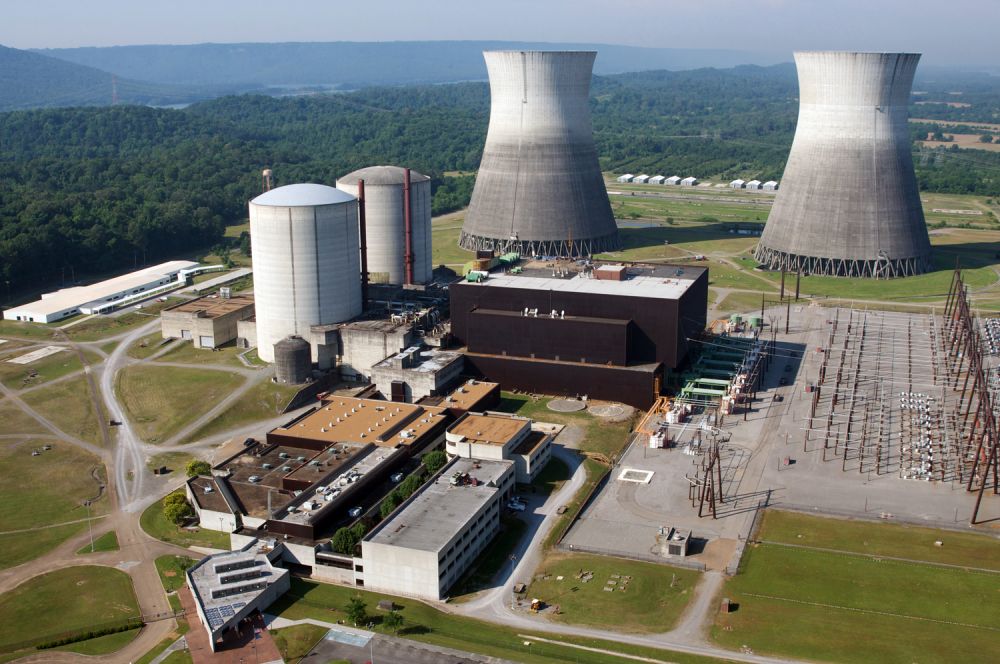As UN release draft report, US targets nuclear revolution
A draft new report to outline the pathways towards reductions in carbon emissions was presented to the UN last week.

A draft new report to outline the pathways towards reductions in carbon emissions was presented to the UN last week.
The report focuses on the 15 biggest carbon emitters and intends to map out how they can achieve huge reductions by 2050. The two degrees Celsius limit, which was developed with strong scientific evidence, remains and a carbon budget has now been developed to indicate what this equates to. The target is a tough one, with a larger population by 2.5 billion people having to emit 1.6 tonnes less CO2 per year in 2050.
Although the plans for each country vary, there are some general patterns that will be shared throughout the strategy. These include improving energy efficiency and switching from carbon-intensive energy sources to renewables. The speed at which coal use needs to decline varies from state to state, with the US required to begin the downwards trend immediately, whilst China can continue to increase coal use for a few more years.
The US and China actually crossed swords over carbon emission reductions this week too, with the latter insisting that they don't have the same level of responsibility as the prior. Talks have been unproductive thus far , with US special envoy Todd Stern stating that “It’s one of those conversations that just goes on and on, doesn’t stop”. The major argument stems from China's desire to classify itself as a developing nation, claiming that it is the developed nations that should be the major applicators of change. The US, on the other hand, would rather see every nation considering what targets are realistically possible, instead of creating disparate categories.
This draft comes at a time when the Environmental Protection Agency (EPA) have rolled out a new plan for reducing carbon emissions in the US. Although the outlined methods predominantly including 600+ existing power plants, there is also a huge focus on improving the energy efficiency of buildings. There has been some criticism that the plans won't live up to EU targets, but others, including the UN, have come forward to praise the development.
Nuclear power is one thing that is expected to result from the new plan and indeed some say that it is the major purpose for it. Despite previous and existing concerns about nuclear, with its low carbon nature, it has also been earmarked as a potential saviour. The fact that many environmentalists - a number of whom were fiercely opposed to nuclear in the past - have now performed a U-turn throws huge support behind the move.
The impact of nuclear within the carbon reduction strategy could be huge, with 60% emission cuts possible if the US were to replace all coal with it. This is as opposed to just 20% if the alternative is natural gas. This approach by the US is, however, in stark contrast to Germany, which actually has phasing out nuclear as a key component of its strategy. The first step in the nuclear process is to stop current plants from closing down through incentives. For every nuclear plant that ceases to operate, there is a huge low carbon gap to be filled by wind and hydroelectric power.
The EPA's recent plans are also said to be good for the health of United States' citizens. In extreme conditions, pollution can seriously exacerbate other illnesses, such as stress or asthma, and can lead to serious acute problems. This is in addition to the chronic illnesses that come as a result of being exposed to pollution for prolonged periods. The fact that carbon and the results of burning carbon make up the lion's share of the pollutants in the atmosphere, means that naturally a healthy impact will resulting from reducing them.




_400_250_80_s_c1.jpg)

